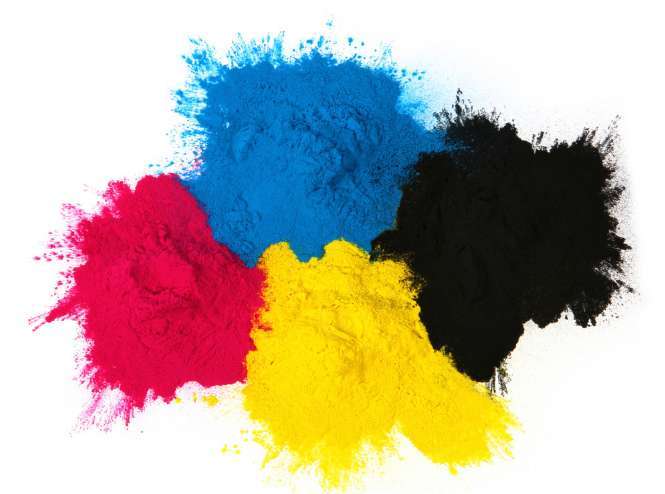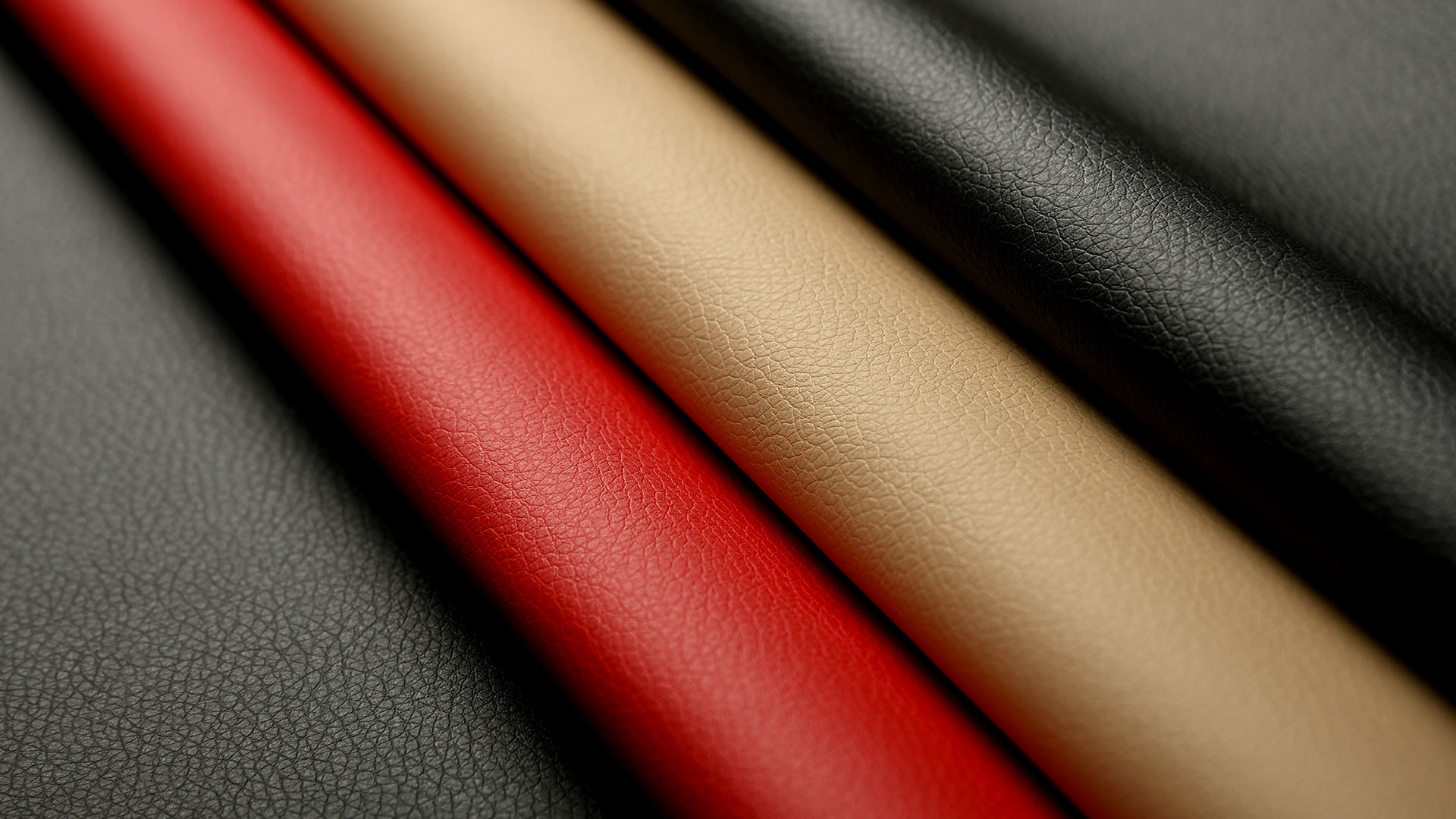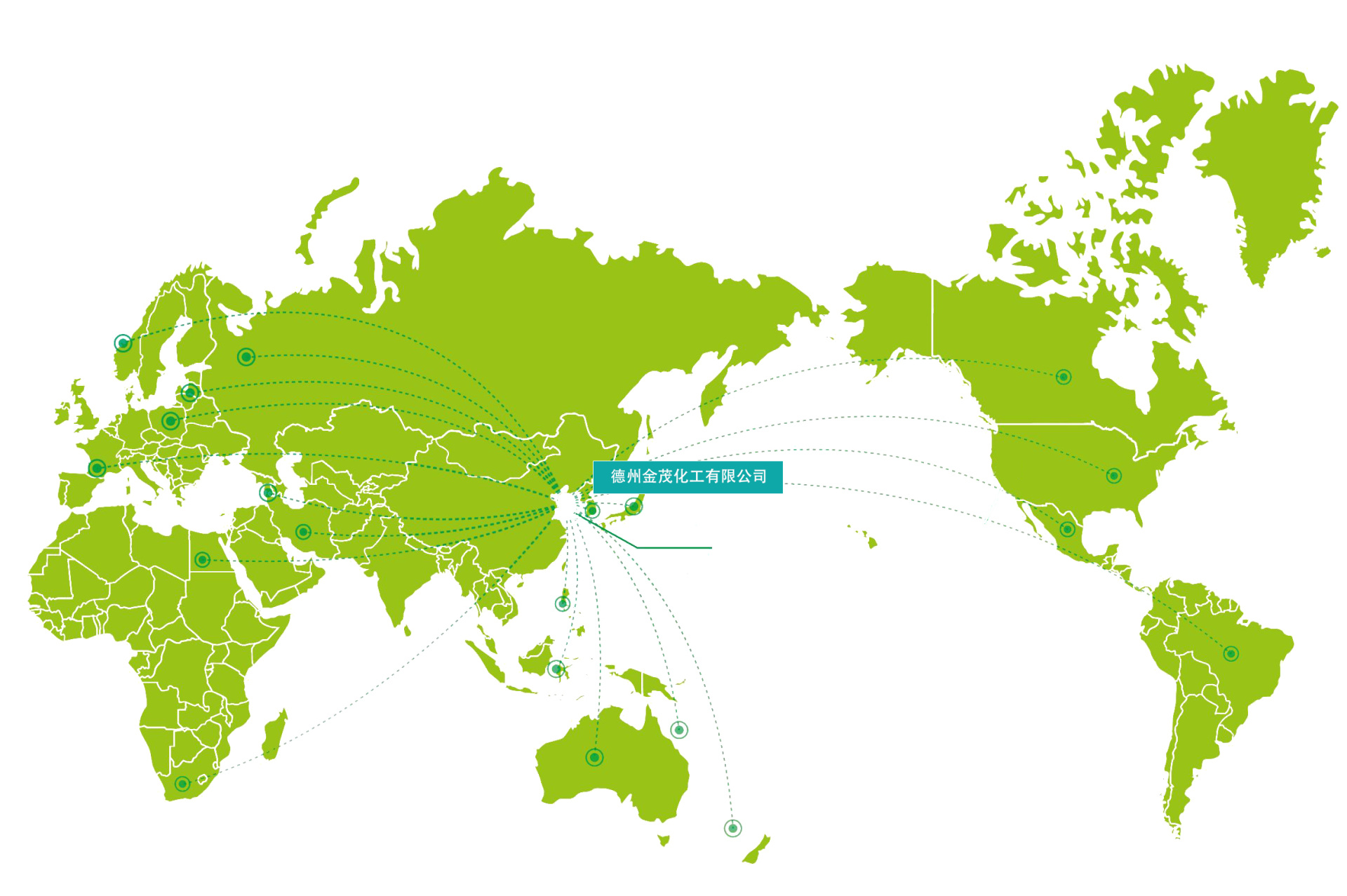Knowledge about textile dyes used for pure cotton fabrics.
For pure cotton fabricsTextile dyesThe main types include direct dyes, reactive dyes, reductive dyes, soluble reductive dyes, insoluble methylene dyes, and sulfur dyes. Viscose fibers, which are of the same type as cotton fibers, can also be dyed and printed with the above dyes. However, since viscose fibers are regenerated cellulose fibers, the printing dyes mainly include reactive dyes, insoluble azo dyes, stable insoluble azo dyes, reductive dyes, soluble reductive dyes, and printing pastes. These dyes have loose structures, are less resistant to alkali compared to cotton fibers, and are sensitive to acids. Therefore, dyeing with these dyes requires differentiation in terms of processes. This briefly introduces the dyeing and printing properties of commonly used dyes for kapok fabrics. Now, let's learn about the knowledge of textile dyes used for pure cotton fabrics!

1,Textile dyesSoluble in water, can directly dye cotton fibers in neutral or weakly alkaline solutions. Adding salt and other neutral electrolytes during dyeing can increase the dye's concentration. However, the dye's color fastness is not sufficient, and a fixing treatment is required in the post-processing. Direct dyes have a complete color spectrum, simple dyeing methods, and low prices, making them the main materials for cotton fabrics.
2. Textile dyes refer to soluble dyes containing reactive groups. Under appropriate conditions, they can chemically bond with cellulose fibers and protein fibers. However, the fixation rate of reactive dyes is generally not high, and they are prone to hydrolysis in alkaline solutions, causing floating colors. Therefore, the dyeing of fabrics adopts a method of dyeing first and then fixing to improve the dye's fixation rate. For printing, it greatly enhances the wash and soap wash fastness of the dyed items. It also has advantages such as simple dyeing and printing, bright colors, a complete color spectrum, and low prices. One-phase or two-phase printing methods should be chosen based on the type of dye. Some reactive dyes have poor resistance to chlorine bleaching and weathering.
3,Textile dyesReducing dyes are insoluble in water and cannot be dyed directly. They need to be reduced to colorless bodies in strong alkaline reducing solutions of caustic soda and sodium hydrosulfite, and then the colorless bodies dye the cotton fibers. After oxidation, they revert to insoluble dyes fixed on the fibers. Reducing dyes have a complete color spectrum, bright colors, and excellent wash and soap wash fastness. However, due to their higher prices, some yellow and orange varieties have photosensitive brittleness, which limits their application. Strengthening post-treatment after dyeing and printing is necessary to remove floating colors and enhance brightness.
4,Textile dyesSoluble reducing dyes are derivatives of reducing dyes, soluble in water, and have a relatively simple dyeing process with uniform dyeing and high color fastness. After dyeing the fibers, they need to undergo oxidation treatment in acidic solutions to hydrolyze and oxidize the dye, restoring it to insoluble reducing dyes fixed on the fibers. However, this dye is expensive and mainly used for dyeing and printing light to medium color cotton fabrics.
5. Sulfur dyes are insoluble in water but can be dissolved in sulfurized nano solutions to be reduced to colorless bodies. After being absorbed by cotton fibers, some dyes, such as sulfur black, can cause fiber brittleness during storage, requiring brittleness prevention treatment after dyeing. They oxidize to insoluble dyes fixed on cotton fibers. Sulfur dyes are mainly used for dyeing dark products made of cotton fibers, with acceptable wash and sunfastness, simple dyeing methods, and low prices, but they have poor rubbing fastness and dull colors. Yellow and orange sulfur dyes can cause photosensitive brittleness to fibers.
6. Insoluble azo dyes consist of diazo compounds (color alcohol) and color developers between two dyes. During dyeing, they are fixed on the fabric. Since the diazo reaction requires ice, insoluble azo methylene dyes are also known as ice dyes. The fabric is first treated with caustic soda solution, then colored with diazo solution, and the diazo compounds combine with the fabric to form insoluble azo dyes. These dyes are bright in color, have good soap wash fastness, and excellent sunfastness, but poor rubbing fastness, especially worse after wet rubbing.
7,Textile dyesStable, after printing, through certain treatments, temporarily stable diazo compounds are converted into reactive diazo compounds. Insoluble azo dyes are a mixture of sodium chlorophenolate and temporarily stable diazo compounds, which generally do not undergo coupling reactions. They couple with resorcinol to generate non-deep azo dyes. These dyes are mainly used for printing small patterns.
The above introduces the knowledge ofTextile dyestextile dyes used for pure cotton fabrics. If you want to know more, feel free to contact us!
Latest developments






